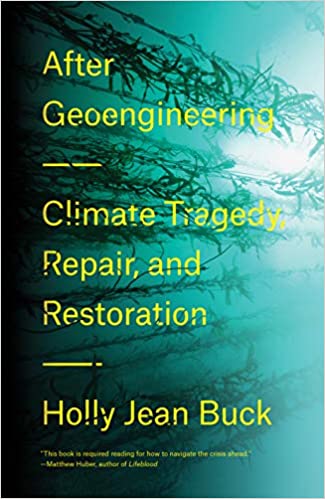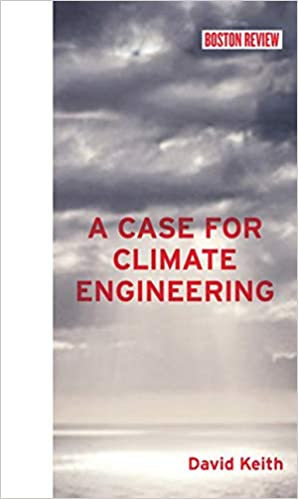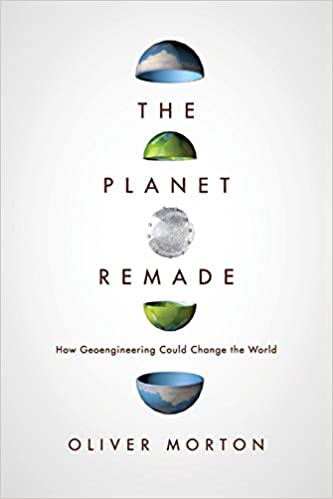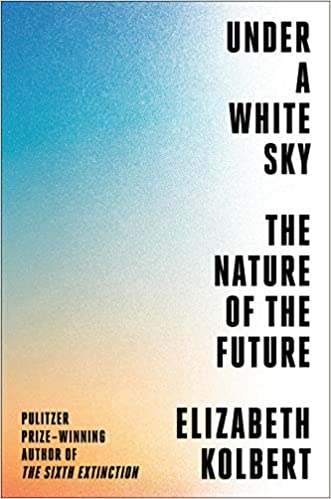Weather Engineering
Weather Engineering, Weather Control, Climate Engineering or Geoengineering is the deliberate manipulation or alteration of the environment for the purpose of changing the weather. In 1977 the Environmental Modification Convention (ENMOD) was signed, which prohibits such influence for military or negative purposes. However, this convention has been signed by only 73 countries in 2007, although all the major powers have signed it.Weather manipulation is the act of altering the environment to produce changes in the weather. It aims to prevent extreme weather and natural phenomena such as hurricanes or tornadoes; to produce weather for the benefit of humans, such as rainfall in a drought area; and to provoke a natural disaster against an enemy or rival for tactical, military and economic warfare strategies such as Operation Popeye, where clouds were seeded to prolong the monsoon in Vietnam. Weather modification in warfare has been banned by the United Nations under the Environmental Modification Convention.
The targeted influencing of weather serves to create locally desired weather conditions or to ward off harmful weather or weather influences on people or on valuable facilities. For influences that are expressed more or less unintentionally as a product of human activity according to natural law, see climate change.
Legal Situation & Law
United Nations Convention on Modification of the Environment
Weather manipulation was addressed in the "United Nations General Assembly Resolution No. 31/72, TIAS Convention 961426 on the prohibition of military or any hostile use of weather modification techniques" where it was adopted. The convention was signed in Geneva on 18 May 1977. It entered into force on 5 October 1978; endorsed by the President of the USA on 13 December 1979; ratification in New York on 17 January 1980.
National Oceanic and Atmospheric Administration
In the USA, the National Oceanic and Atmospheric Administration (NOAA) regulates climate monitoring projects under the authority of Public Law 205 of the 92nd Congress.
Environmental Modification Convention
The ENMOD Convention (Environmental Modification Convention), agreed in 1977 under the auspices of the United Nations, prohibits signatory states from deliberately damaging the environment in a conflict or using such damage to the environment as a military advantage or weapon. In particular, it prohibits any form of weather modification for military purposes. As of June 2015, the convention had been ratified by 77 states, including Germany, Austria, Switzerland and the USA.
Agreement between the United States and Canada
In 1975, the US and Canada agreed under the auspices of the United Nations to exchange information on activities related to climate manipulation.
Legislation in the United States
US Senate Bill 51729 and House Bill 2995 were two bills proposed in 2005 that would have expanded weather modification to the United States, establishing a weather modification research and operations board, where a national weather modification policy would be implemented. It was never passed. US Senate Bill 1807 and House Bill 3445 identical bills, introduced on 17 July 2007. Proposed to establish a climate mitigation council and a team to consolidate research on climate change.
Bills authorising experimental weather modification were submitted to the Senate as well as the House of Representatives in 2005, but were not approved. The Space Preservation Act proposed to "Preserve the peaceful and cooperative uses of space for the benefit of all mankind by permanently banning weapons in space by the United States and requesting the President to take action to adopt and implement a weapon-free space".
Weather Engineering as a weapon
During the Vietnam War, the US used Weather Engineering as a weapon. Operation Popeye aimed to hinder Vietnamese troops by making it rain extra especially during monsoon. This was done by dropping various chemicals in tons from airplanes, and the US was able to do so by using the weather influence.
Criticism
If large-scale climate manipulation were feasible, it would entail:
- Unexpected side effects, especially given the unpredictable nature of climate evolution on a global or regional scale.
- Putting ecosystems at risk.
- Putting human health at risk.
- Failure of electronic equipment or accidents relying on such equipment.
- Undemocratic control or use as a weapon.
- ELF (Extremely Low Frequency) points causing accelerated depletion of the ionosphere by solar wind.34
- At a counter-terrorism conference in 1997, US Secretary of Defense William Cohen mentioned the writings of futurist Alvin Toffler, specifically in relation to concerns about "environmental terrorism" and intentionally caused natural disasters.35
Future Aspirations
Climatologist Ross Hoffman has simulated hurricane control based on selective heating and cooling (evaporation prevention) scenarios.33 Analyst John Smart has discussed the potential for weather manipulation by solar-powered grids. One proposal involves gentle heating by means of microwaves. Just as chaotic systems can be susceptible to being in the same direction with a few degrees of temperature and pressure rise at critical points. A sufficiently large grid could keep the largest and most damaging hurricanes away from the coast, at the request of the host country. Blizzards, monsoons, and other weather extremes are also potential candidates for manipulation.
Literature
- Ross N. Hoffman: Hurricanes on a leash. In: Spektrum der Wissenschaft 08/05, p. 31 ff.
- James Roger Fleming: Fixing the Sky: The Checkered History of Weather and Climate Control. Columbia University Press, New York 2010, ISBN 978-0-231-14412-4.
Media
Visit our media section for a complete overview.



